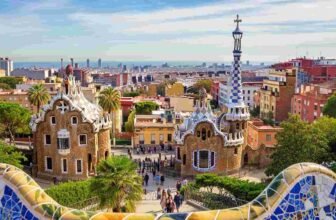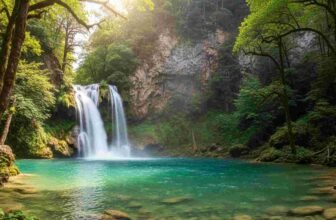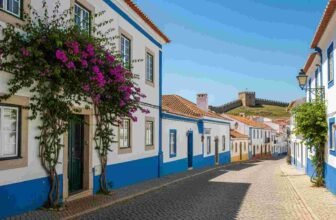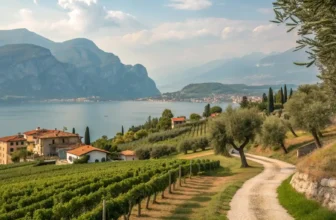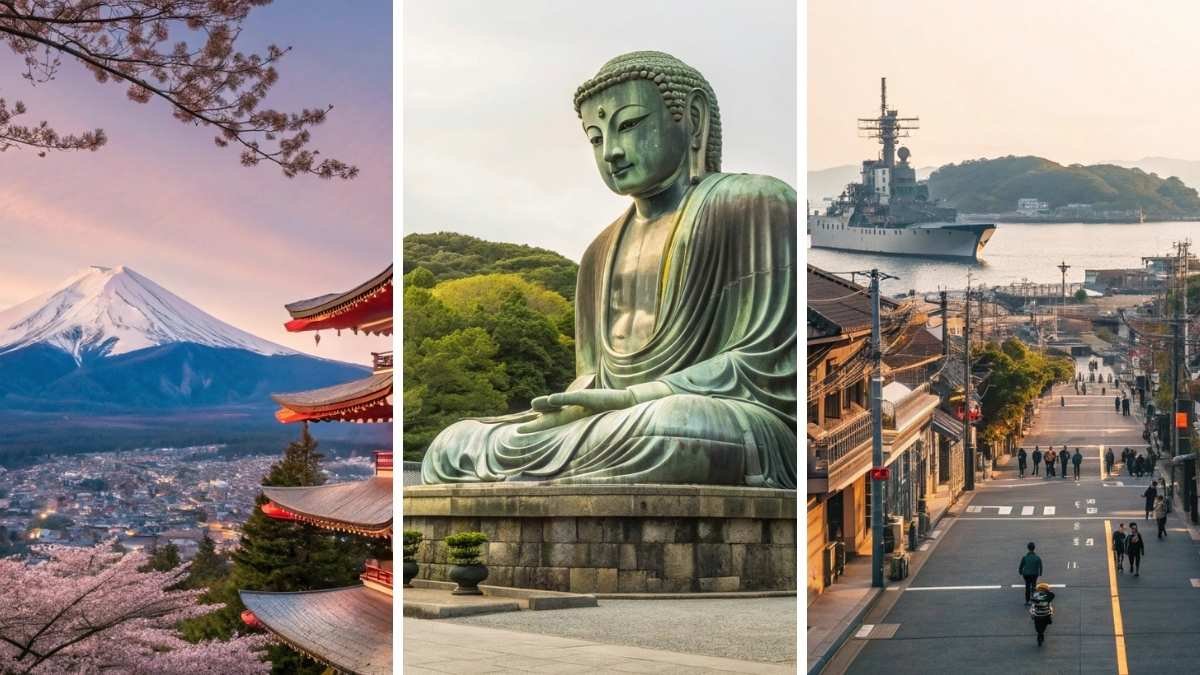
Sometimes the best part of traveling isn’t the city that draws you in, but the adventures waiting just beyond it. Tokyo is endlessly exciting, but step outside for a day and you’ll find a whole new side of Japan—quiet mountain trails, steaming hot springs, flower-filled hills, and seaside escapes that feel worlds away from neon lights.
Each journey offers a fresh perspective, a chance to breathe differently, and to experience the country in ways the capital can’t reveal. These day trips aren’t just detours; they’re secret chapters of Japan you’ll be glad you didn’t miss. Let’s unlock them together.
1. Nikko
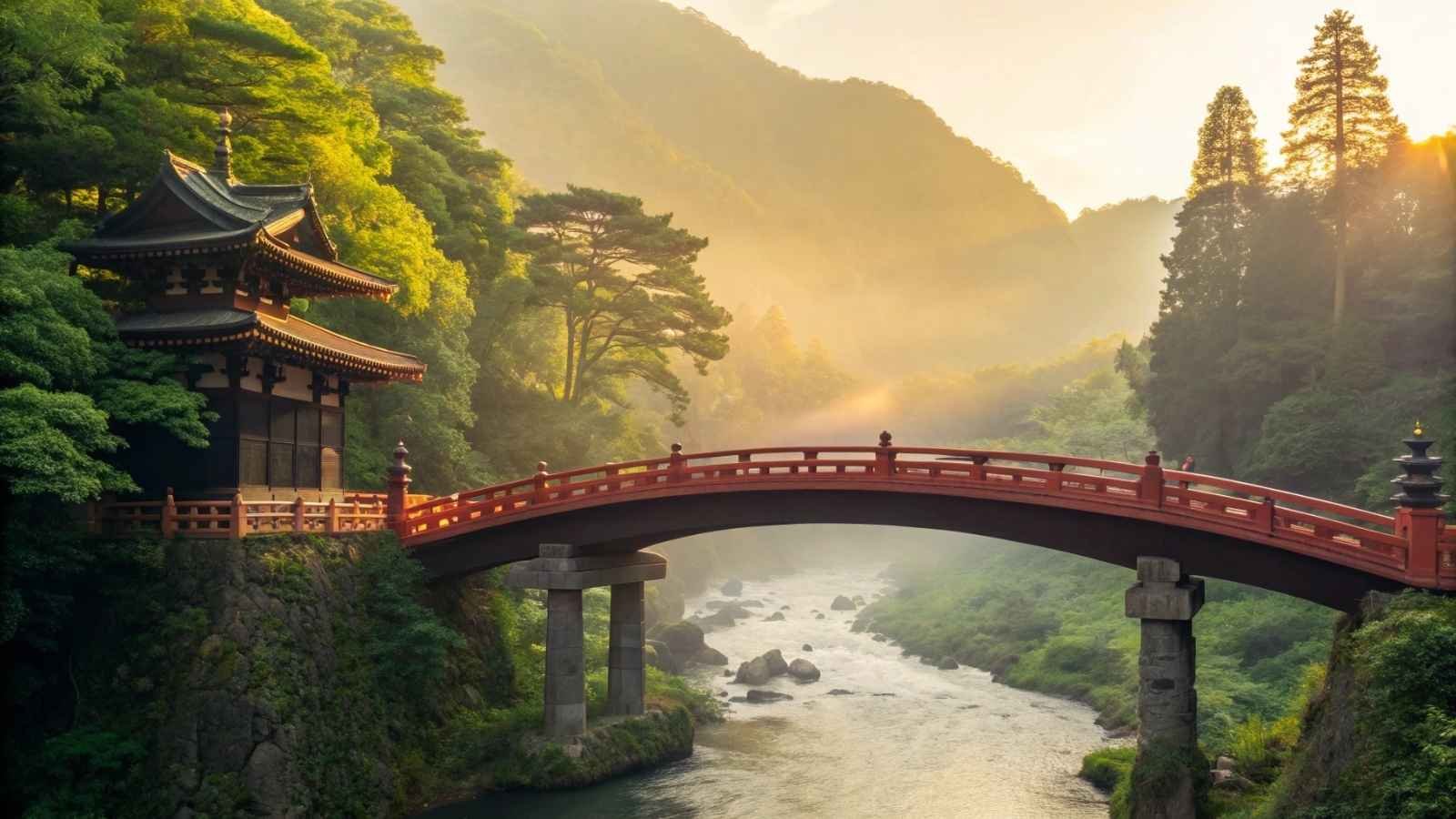
Nikko is where Japan’s natural beauty and spiritual heritage meet in perfect balance. Just two hours from Tokyo, it feels like stepping into another world. The towering cedar trees, flowing waterfalls, and ornate shrines make it one of the most memorable escapes from the city. The UNESCO-listed Toshogu Shrine is the highlight here, with its gilded carvings and legendary “see no evil, hear no evil, speak no evil” monkeys.
What makes Nikko truly special is its sense of timelessness. You’re not just visiting a shrine—you’re walking through centuries of craftsmanship and devotion. The trails through Nikko National Park lead you to spots like Kegon Falls and Lake Chuzenji, which are breathtaking in every season. Autumn especially turns the mountainsides into waves of red and gold.
It’s a day trip that gives you history, culture, and nature in equal measure. You’ll return to Tokyo with the feeling you’ve been on a mini pilgrimage, not just a sightseeing tour.
- Best Months to Visit: October–November (for autumn leaves), April–May (for cherry blossoms)
- Travel Time from Tokyo: ~2 hours by train
- Highlight: Toshogu Shrine, Kegon Falls, Lake Chuzenji
- Perfect For: Culture lovers, history buffs, and anyone needing fresh mountain air
2. Hakone
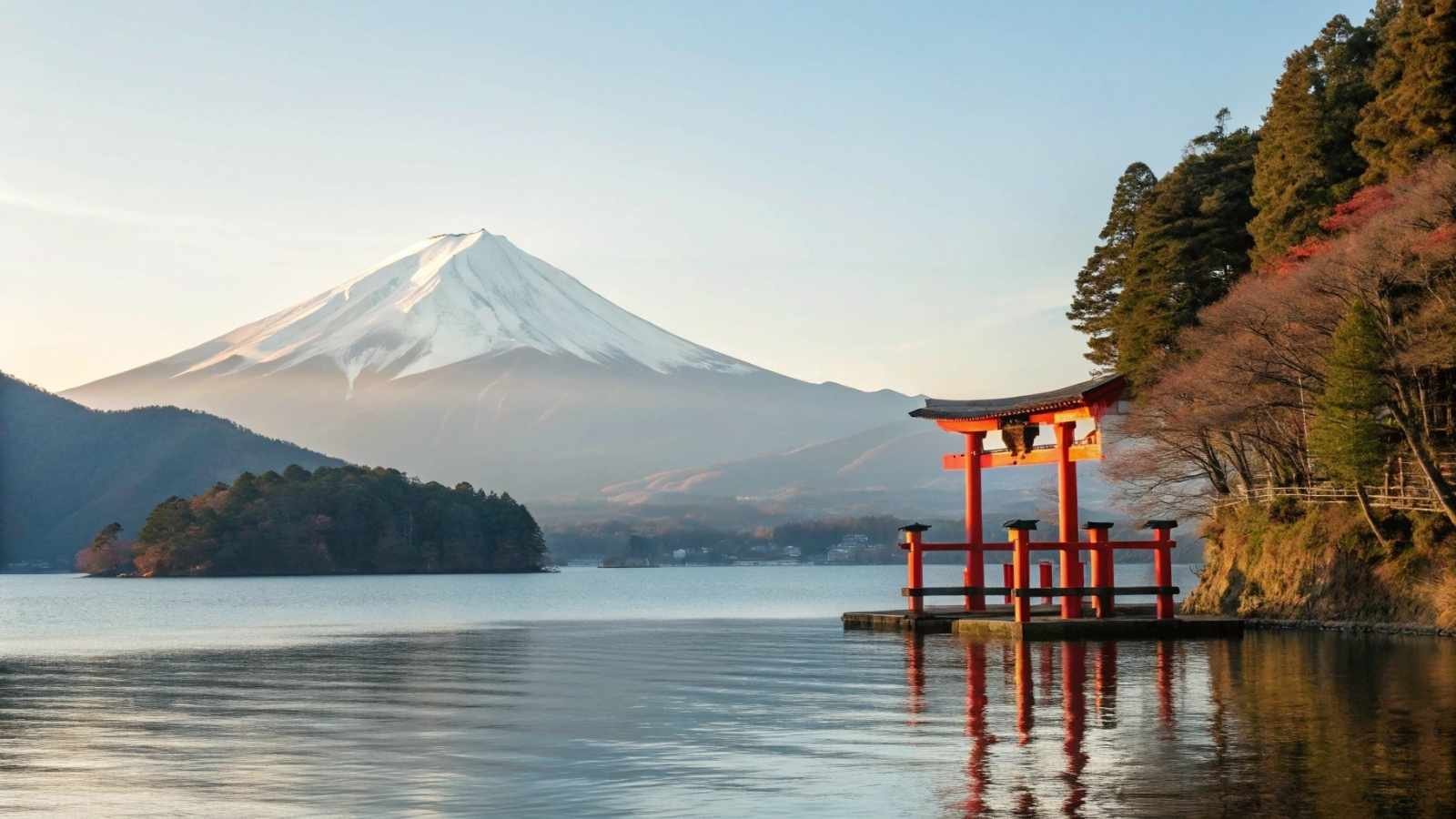
Hakone is the classic Tokyo escape for a reason—it has everything: soothing hot springs, views of Mount Fuji, art museums, and a pirate ship ride across Lake Ashi. It’s one of those places where you can do a lot in one day, or simply relax in an onsen and feel like you’ve truly left the city behind.
What makes Hakone unforgettable is the way it layers experiences. One moment you’re soaking in an outdoor hot spring with Fuji towering in the background, the next you’re stepping into the Hakone Open-Air Museum surrounded by sculptures against rolling hills. Even the Hakone Ropeway ride feels like an adventure, as it takes you over steaming volcanic valleys.
Hakone is a getaway that lets you choose your pace. Whether you’re chasing scenic views or just slowing down to savor Japanese hospitality, it’s a day trip that feels like a retreat designed just for you.
- Best Months to Visit: March–May (spring blooms), October–November (autumn foliage)
- Travel Time from Tokyo: ~1.5–2 hours by train or bus
- Highlight: Lake Ashi boat ride, Hakone Ropeway, Open-Air Museum
- Perfect For: Relaxation seekers, families, art lovers
3. Kamakura
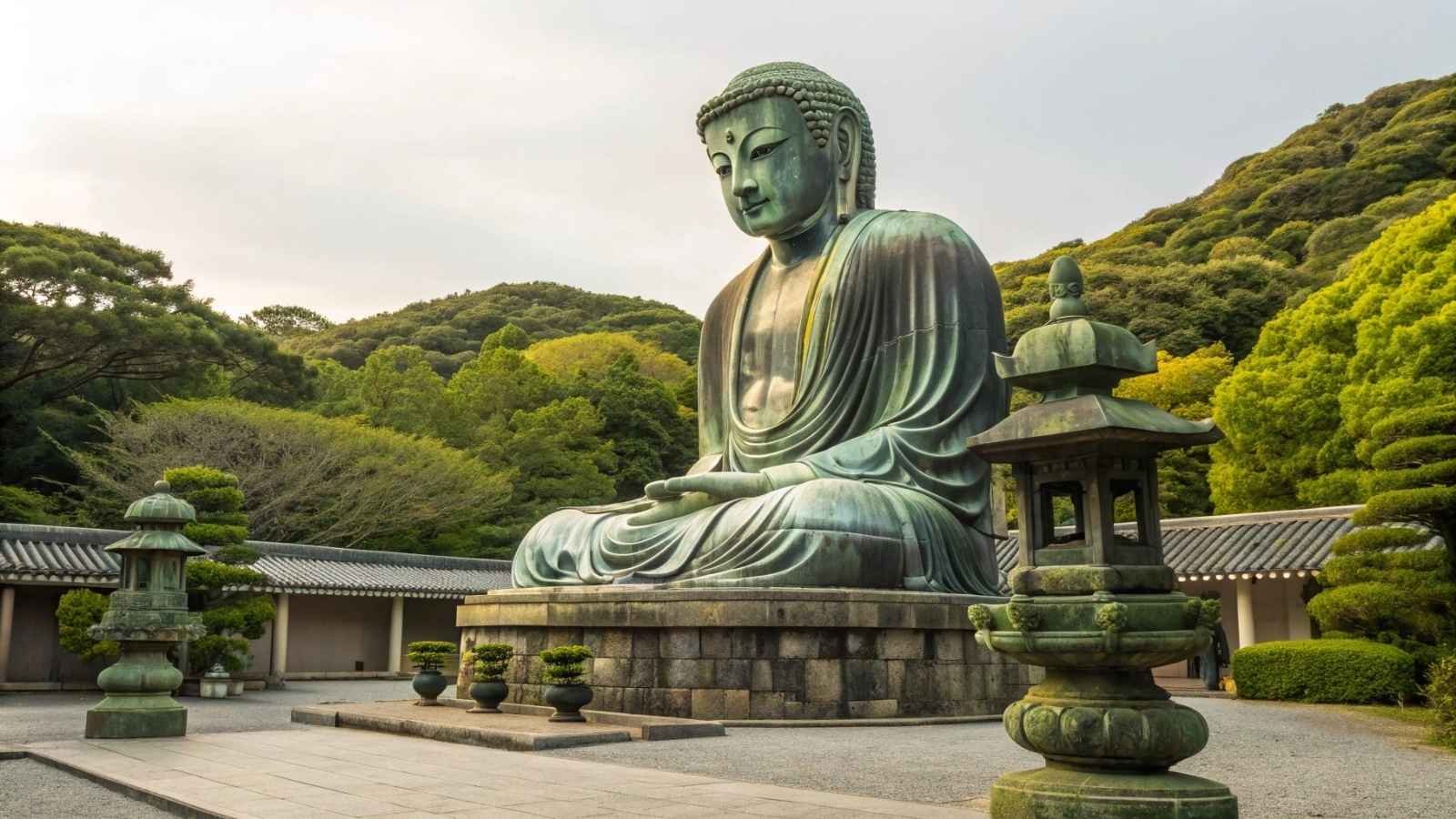
Kamakura is often called the “Kyoto of Eastern Japan,” and it earns that name with its temples, shrines, and giant Great Buddha statue that towers serenely over visitors. It’s just an hour from Tokyo, yet the pace of life here feels worlds away. The streets are lined with cozy cafés, traditional sweet shops, and bamboo groves that make for peaceful walks.
The star of Kamakura is, of course, the Great Buddha at Kotoku-in, which has watched over this seaside town for centuries. But the charm doesn’t stop there—Hase-dera Temple’s gardens bloom year-round, and the Tsurugaoka Hachimangu Shrine offers a lively atmosphere, especially during festivals. If you love a mix of culture and coastline, the nearby beaches add another layer of appeal.
Kamakura strikes that sweet spot where you get a slice of history without feeling overwhelmed. It’s one of those places where you’ll stumble across hidden temples on quiet paths and feel like you discovered them yourself.
- Best Months to Visit: April (cherry blossoms), June (hydrangeas), September–October (pleasant weather)
- Travel Time from Tokyo: ~1 hour by train
- Highlight: Great Buddha, Hase-dera Temple, Tsurugaoka Hachimangu Shrine
- Perfect For: History lovers, temple explorers, casual wanderers
4. Kawagoe
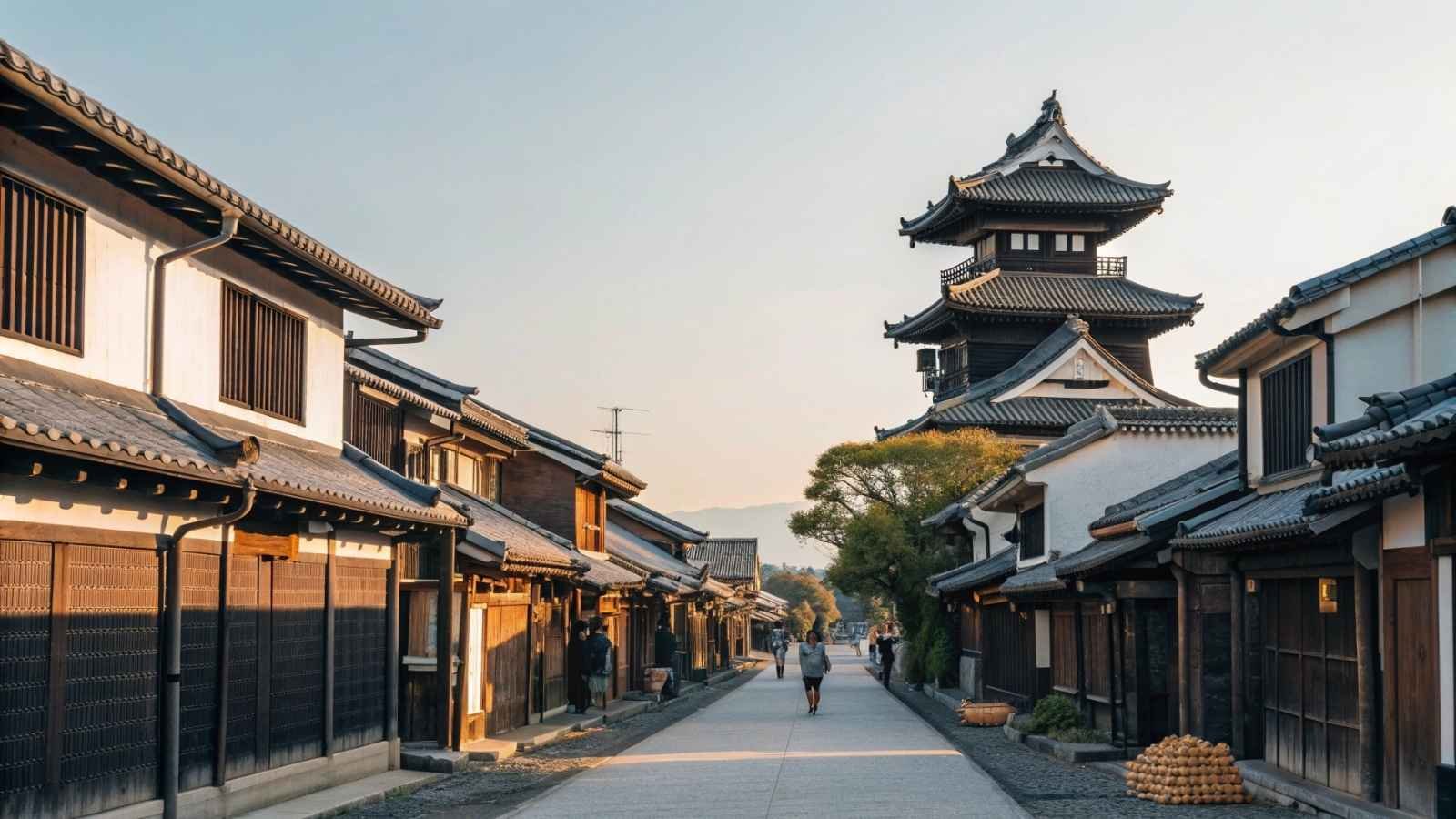
Kawagoe, nicknamed “Little Edo,” feels like stepping back into the Edo period without leaving the Tokyo area. Its streets are lined with traditional kura-style warehouses and merchant shops, giving you the sense of being in a living museum. Only about 30 minutes from the city, it’s one of the easiest and most rewarding day trips.
The highlight here is the Kurazukuri Street, with its preserved wooden architecture that makes you feel as if you’re wandering through Japan centuries ago. The Time Bell Tower still chimes through the day, adding to the nostalgic charm. Kawagoe is also famous for its sweet potato treats, from ice cream to candy, which makes for some delightful snacking between temple visits.
It’s the kind of trip where you come for the architecture but stay for the atmosphere. The blend of history, shopping, and food means Kawagoe is never just a sightseeing stop—it’s an experience of everyday Edo life.
- Best Months to Visit: March–May (spring blossoms), September–November (cooler weather)
- Travel Time from Tokyo: ~30 minutes by train
- Highlight: Kurazukuri Street, Time Bell Tower, Kawagoe Festival Museum
- Perfect For: Foodies, history fans, quick day trippers
5. Yokohama
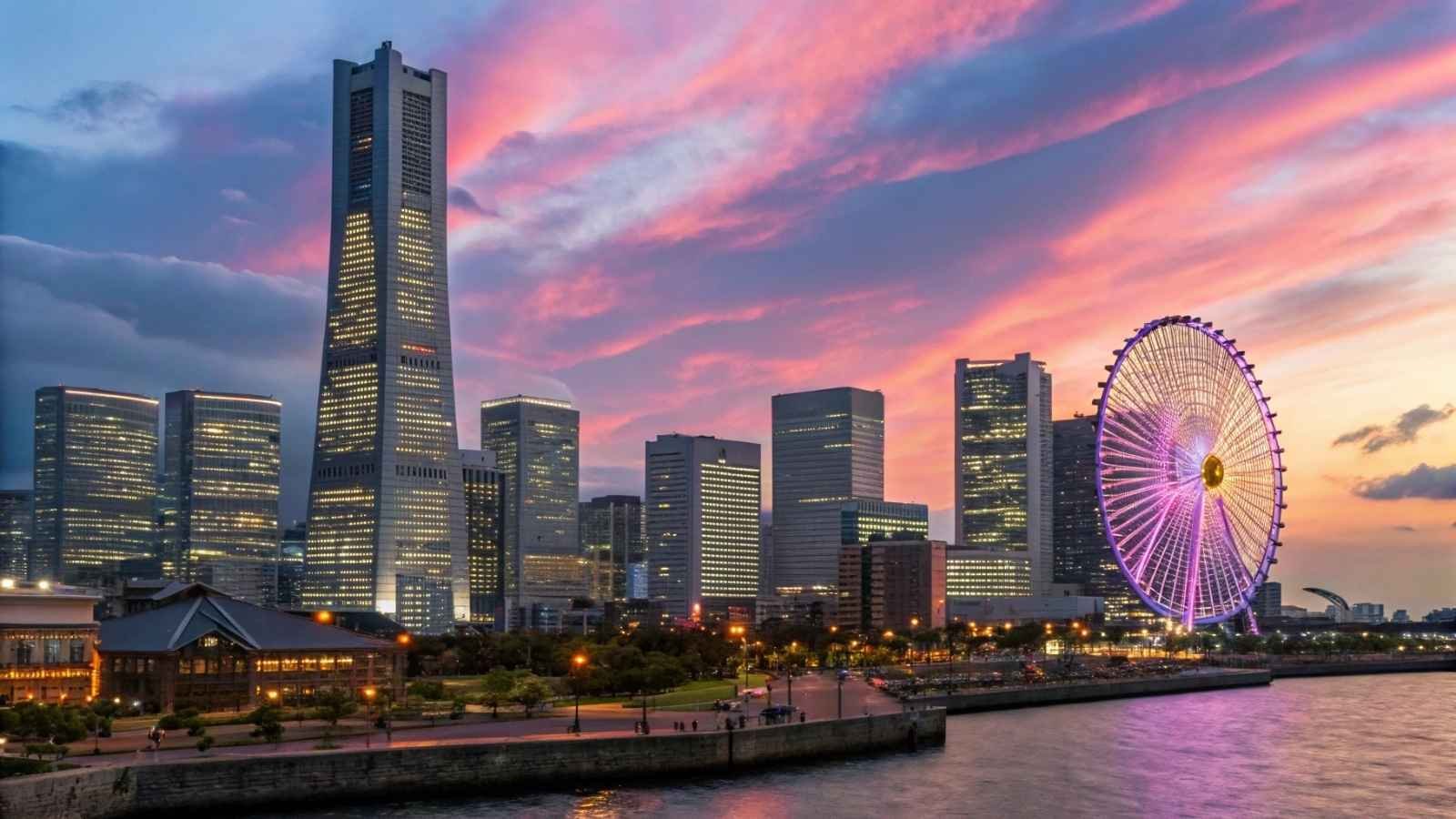
Yokohama is Japan’s second-largest city, but it makes for a surprisingly relaxed day trip. It’s modern yet approachable, with attractions that appeal to all kinds of travelers. From its famous Chinatown—the largest in Japan—to the waterfront Minato Mirai district, there’s no shortage of ways to spend your day.
The beauty of Yokohama is how versatile it is. Food lovers can spend hours sampling dim sum in Chinatown, while families will enjoy the Cup Noodles Museum or Cosmo World amusement park. Meanwhile, the Landmark Tower Sky Garden offers sweeping views of the bay and Tokyo skyline. Add in the trendy Red Brick Warehouse district for shopping and cafes, and you’ve got a city that keeps surprising you at every corner.
Yokohama has just the right balance of big-city energy and laid-back harbor vibes. It’s ideal if you want a day out that’s fun, easy, and a little different from Tokyo’s fast pace.
- Best Months to Visit: April–June (spring festivals), October–December (cool weather and winter lights)
- Travel Time from Tokyo: ~30 minutes by train
- Highlight: Chinatown, Minato Mirai, Landmark Tower, Red Brick Warehouse
- Perfect For: Food lovers, families, casual explorers
6. Mount Takao
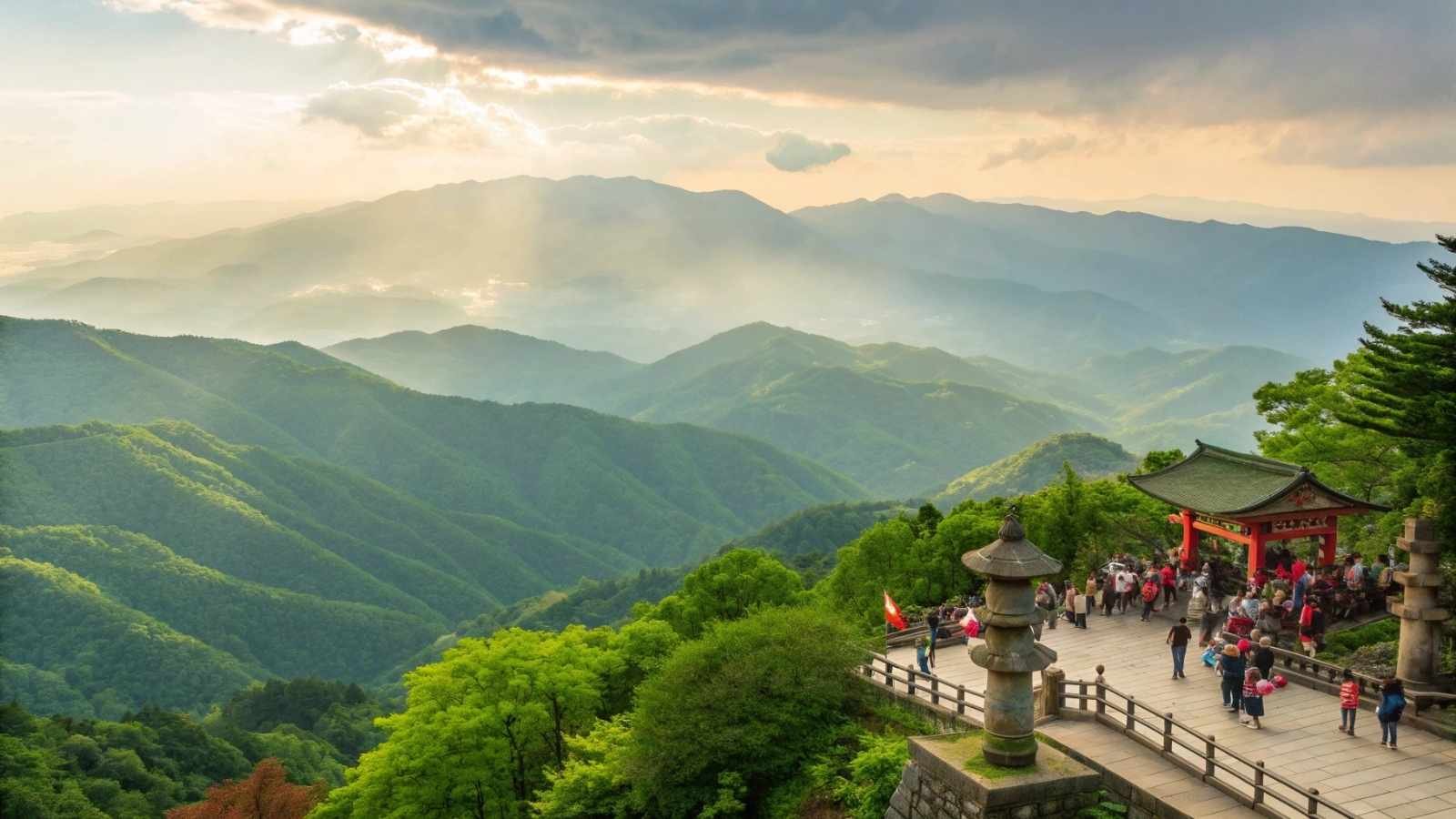
For those who want a taste of Japan’s outdoors without straying too far, Mount Takao is the ideal escape. Just under an hour from central Tokyo, it offers a mix of hiking trails, cultural landmarks, and panoramic views. On clear days, you can even spot Mount Fuji from the summit, which makes the climb feel instantly rewarding.
The mountain isn’t just about hiking; it has spiritual roots as well. The Yakuoin Temple along the way adds a layer of cultural discovery, where visitors often stop to pray for good fortune. The cable car and chairlift also make it accessible to all, meaning you don’t have to be a seasoned hiker to enjoy it.
Whether you’re here for the exercise, the fresh air, or the views, Takao proves you don’t need to travel far to leave Tokyo’s skyscrapers behind. It’s one of those spots where locals and travelers mingle effortlessly, bound by the simple joy of a good hike.
- Best Months to Visit: November (fall foliage), April (cherry blossoms)
- Travel Time from Tokyo: ~50 minutes by train
- Highlight: Yakuoin Temple, summit views, autumn leaves
- Perfect For: Hikers, nature lovers, casual explorers
7. Enoshima Island
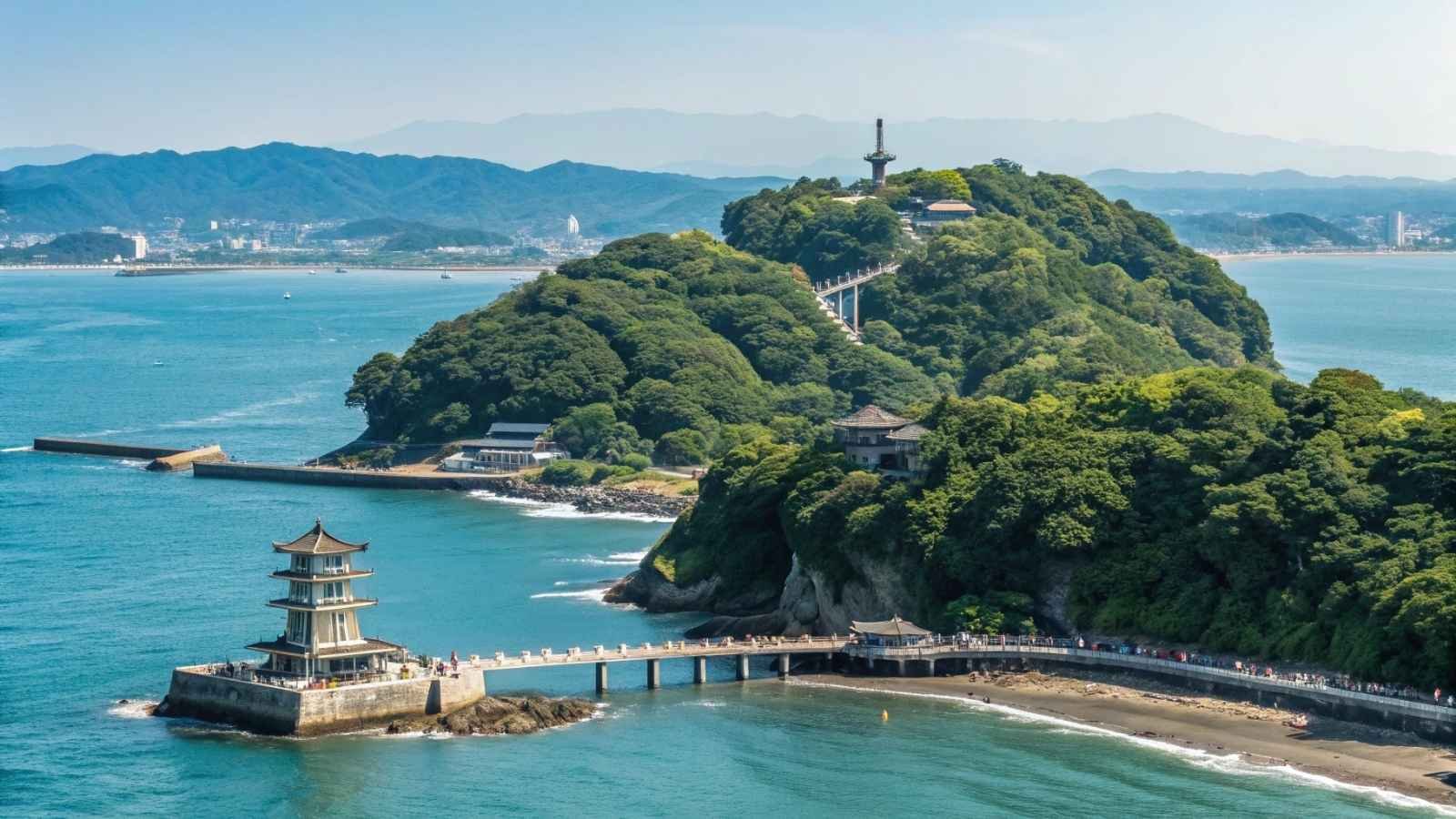
Enoshima is a small island with a big personality. Connected to the mainland by a bridge, it’s a seaside getaway where shrines, caves, gardens, and views of Fuji all come together. It’s easy to spend a full day here, wandering between the Enoshima Shrine, exploring the Iwaya Caves, or strolling along the rocky coastlines.
One of the island’s biggest charms is its relaxed, coastal energy. Street vendors sell freshly grilled seafood, and the Enoshima Sea Candle (a lighthouse observation tower) offers sweeping ocean views. The Samuel Cocking Garden, especially at sunset, is another favorite spot that feels worlds away from the city rush.
Enoshima is also a gateway to nearby beaches, which makes it a popular summer escape. But no matter the season, the blend of spiritual sites and ocean breezes gives the island an irresistible charm that’s perfect for a slow-paced day.
- Best Months to Visit: July–September (beach season), October–November (clear Fuji views)
- Travel Time from Tokyo: ~1.5 hours by train
- Highlight: Enoshima Shrine, Iwaya Caves, Sea Candle Lighthouse
- Perfect For: Coastal lovers, families, slow travelers
8. Chichibu
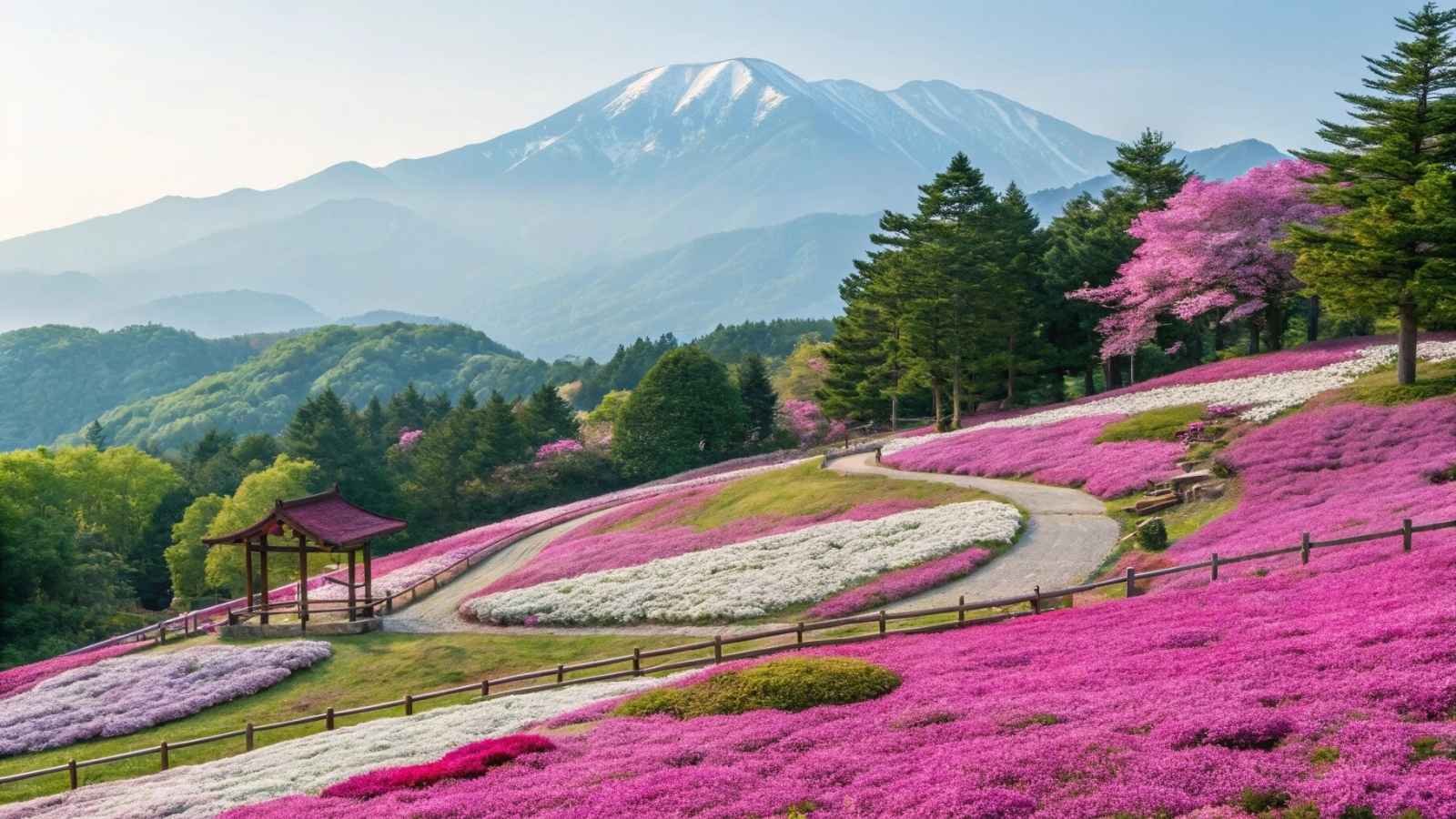
Chichibu, tucked away in Saitama Prefecture, offers a rustic countryside feel without requiring an overnight stay. Known for its stunning seasonal flowers, traditional shrines, and rolling mountains, it’s a quieter, less touristy alternative to the more famous spots. The Shibazakura Hill during spring transforms into a blanket of pink moss phlox that draws visitors from across Japan.
The area also has deep cultural roots. The Chichibu Shrine is centuries old and still hosts vibrant festivals, including the Chichibu Night Festival in December, where elaborate floats light up the streets. Nature lovers will also find plenty of trails leading to waterfalls and scenic viewpoints in the nearby mountains.
Chichibu is one of those trips where you really get to slow down. The pace is gentler, the crowds lighter, and the chance to see everyday rural Japan makes it stand out. If Tokyo sometimes feels too polished, Chichibu is the refreshingly authentic antidote.
- Best Months to Visit: April–May (Shibazakura flowers), December (Night Festival)
- Travel Time from Tokyo: ~1.5 hours by train
- Highlight: Shibazakura Hill, Chichibu Shrine, Night Festival
- Perfect For: Flower lovers, festival-goers, countryside seekers
9. Fuji Five Lakes (Fujigoko)
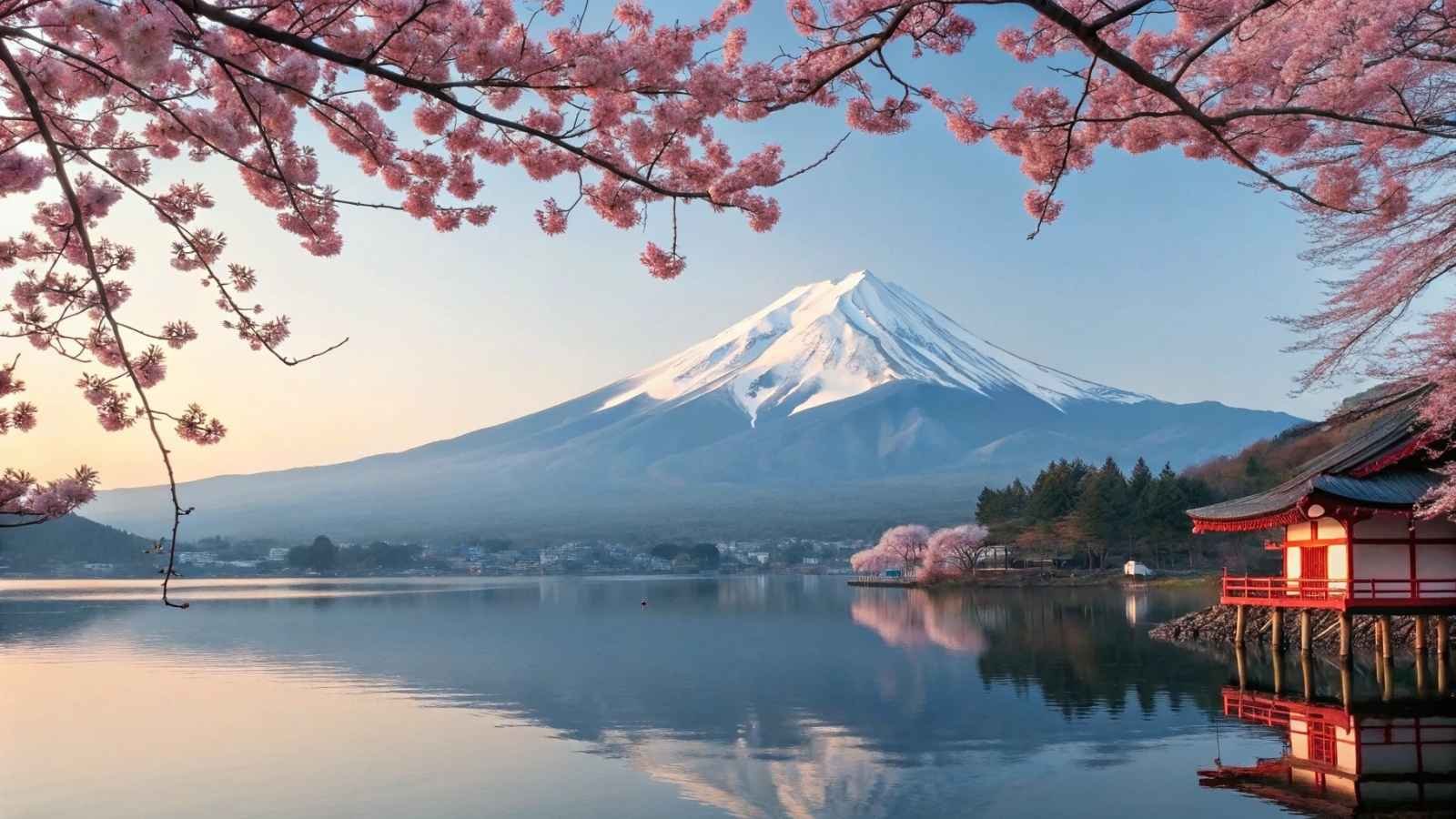
Few places bring you closer to Mount Fuji than the Fuji Five Lakes area. Centered around Lake Kawaguchi, this region offers postcard-perfect views of Japan’s iconic peak. Whether you’re boating across the lake, soaking in an onsen, or just strolling along the shoreline, the mountain looms in the background like a masterpiece.
Each of the five lakes—Kawaguchi, Yamanaka, Motosu, Shoji, and Saiko—has its own character. Kawaguchi is the most popular, with plenty of cafes, ryokan, and photo spots, while the quieter ones feel more untouched and wild. Seasonal highlights include spring cherry blossoms framing the mountain and autumn foliage reflecting on the water’s surface.
The area isn’t just about the views. Activities like hiking, cycling, or even visiting the quirky Fuji-Q Highland amusement park give you plenty of reasons to linger. It’s a trip that blends adventure, relaxation, and jaw-dropping landscapes into one.
- Best Months to Visit: April (cherry blossoms), October–November (autumn colors), winter (clear Fuji views)
- Travel Time from Tokyo: ~2–2.5 hours by train or bus
- Highlight: Lake Kawaguchi, Mount Fuji views, Fuji-Q Highland
- Perfect For: Photographers, couples, outdoor adventurers
10. Izu Peninsula
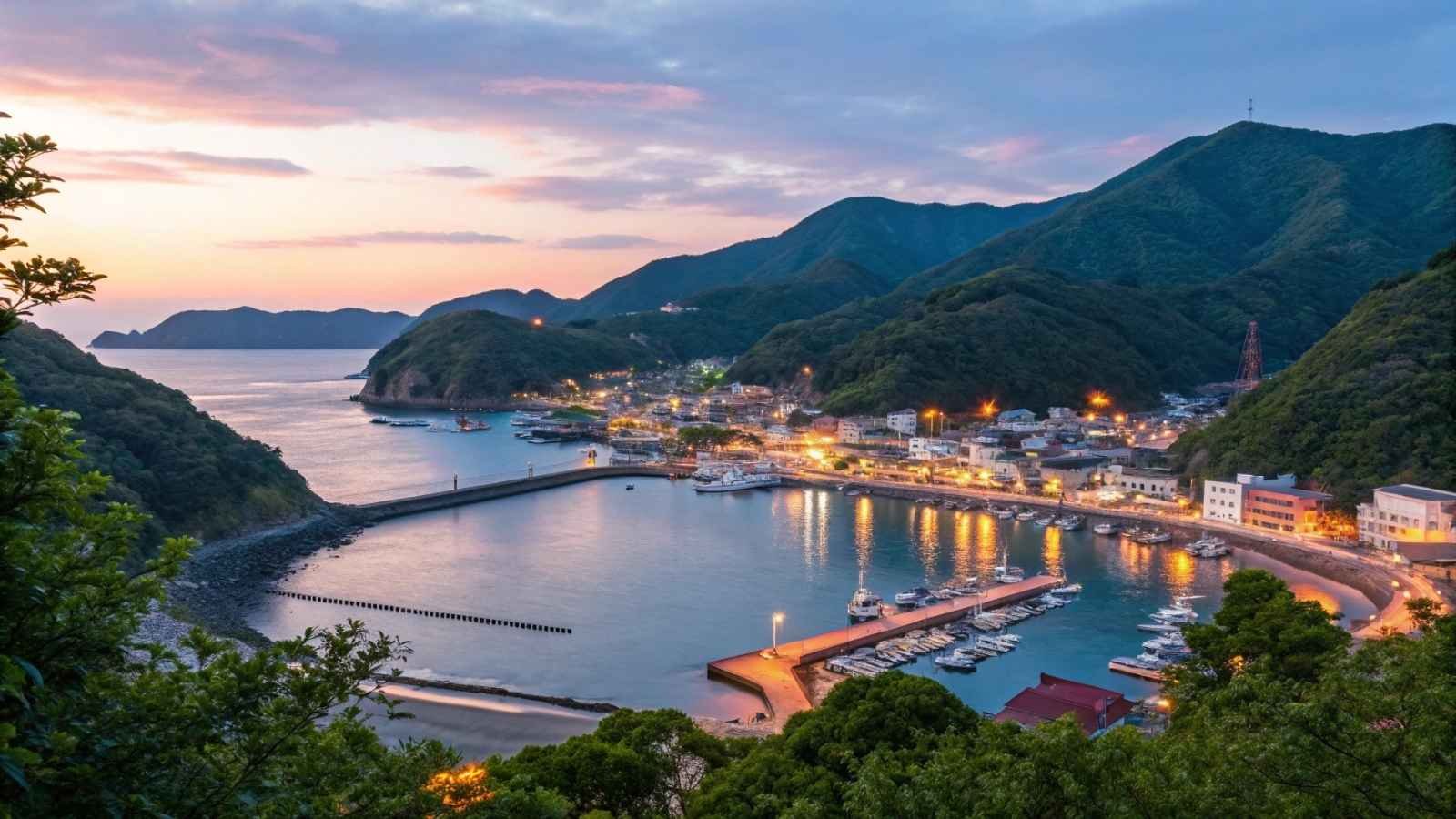
The Izu Peninsula is one of Japan’s most diverse coastal escapes, offering everything from hot springs and beaches to rugged coastlines and fresh seafood. It’s larger than most day-trip destinations, but even a single day gives you a taste of its highlights. The seaside town of Atami is the most accessible, known for its relaxing onsen and ocean views.
Head further south, and you’ll find dramatic cliffs and turquoise waters along the Jogasaki Coast, perfect for scenic walks. Shuzenji, a traditional hot spring town with bamboo groves and old temples, adds a cultural layer to the coastal beauty. The peninsula is also famous for wasabi farms, where you can sample the real thing in dishes you’ll never forget.
The charm of Izu lies in its variety. It can be a relaxing spa retreat, an adventurous coastal hike, or a foodie’s delight. Whatever you choose, the peninsula delivers an experience that feels richly layered and deeply restorative.
- Best Months to Visit: April–June (mild weather), July–September (beach season), October–November (autumn hikes)
- Travel Time from Tokyo: ~2 hours by train
- Highlight: Atami, Jogasaki Coast, Shuzenji Onsen
- Perfect For: Beach lovers, hot spring fans, scenic walkers
11. Kusatsu Onsen
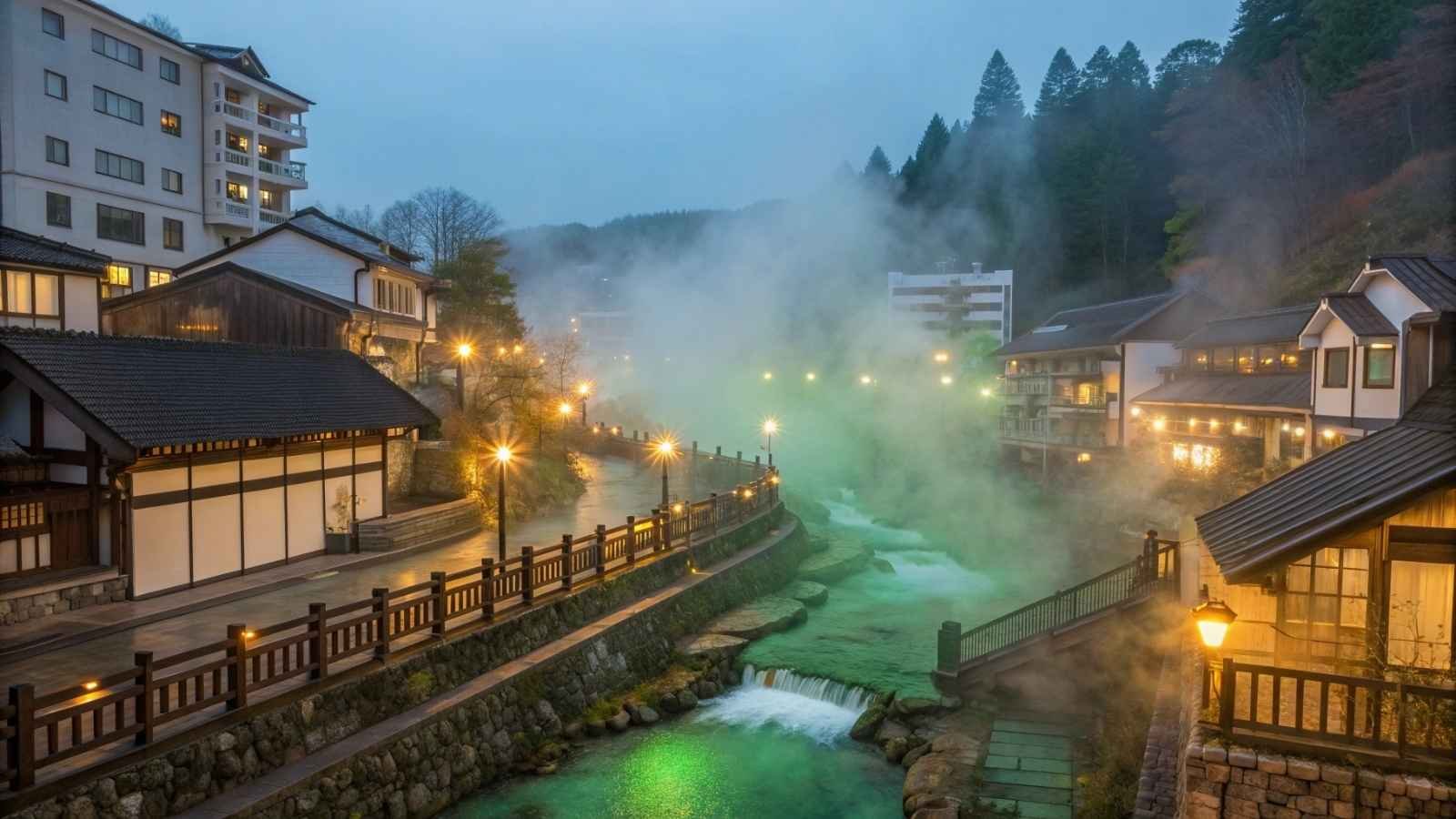
Kusatsu Onsen is one of Japan’s most famous hot spring resorts, and it has a character all its own. The heart of the town is the Yubatake, or “hot water field,” where steaming mineral water gushes into wooden channels before being distributed to the many baths. The air is filled with the scent of sulfur, a constant reminder you’ve arrived somewhere extraordinary.
Unlike many onsen towns, Kusatsu feels lively yet authentic. Traditional inns, public foot baths, and even old-style yumomi water-stirring performances create a sense of place rooted in history. The water here is known for its healing qualities, so soaking in one of the open-air baths against a mountain backdrop feels more like therapy than tourism.
Kusatsu is the kind of trip where the goal is simple: relax, recharge, and let time slow down. It’s far enough from Tokyo to feel like a real getaway but still doable in a day for those who crave a deep soak in one of Japan’s most storied hot springs.
- Best Months to Visit: Winter (snowy outdoor baths), September–November (autumn leaves)
- Travel Time from Tokyo: ~2.5–3 hours by train and bus
- Highlight: Yubatake hot spring field, open-air baths, yumomi performance
- Perfect For: Wellness seekers, couples, hot spring enthusiasts
12. Hitachi Seaside Park
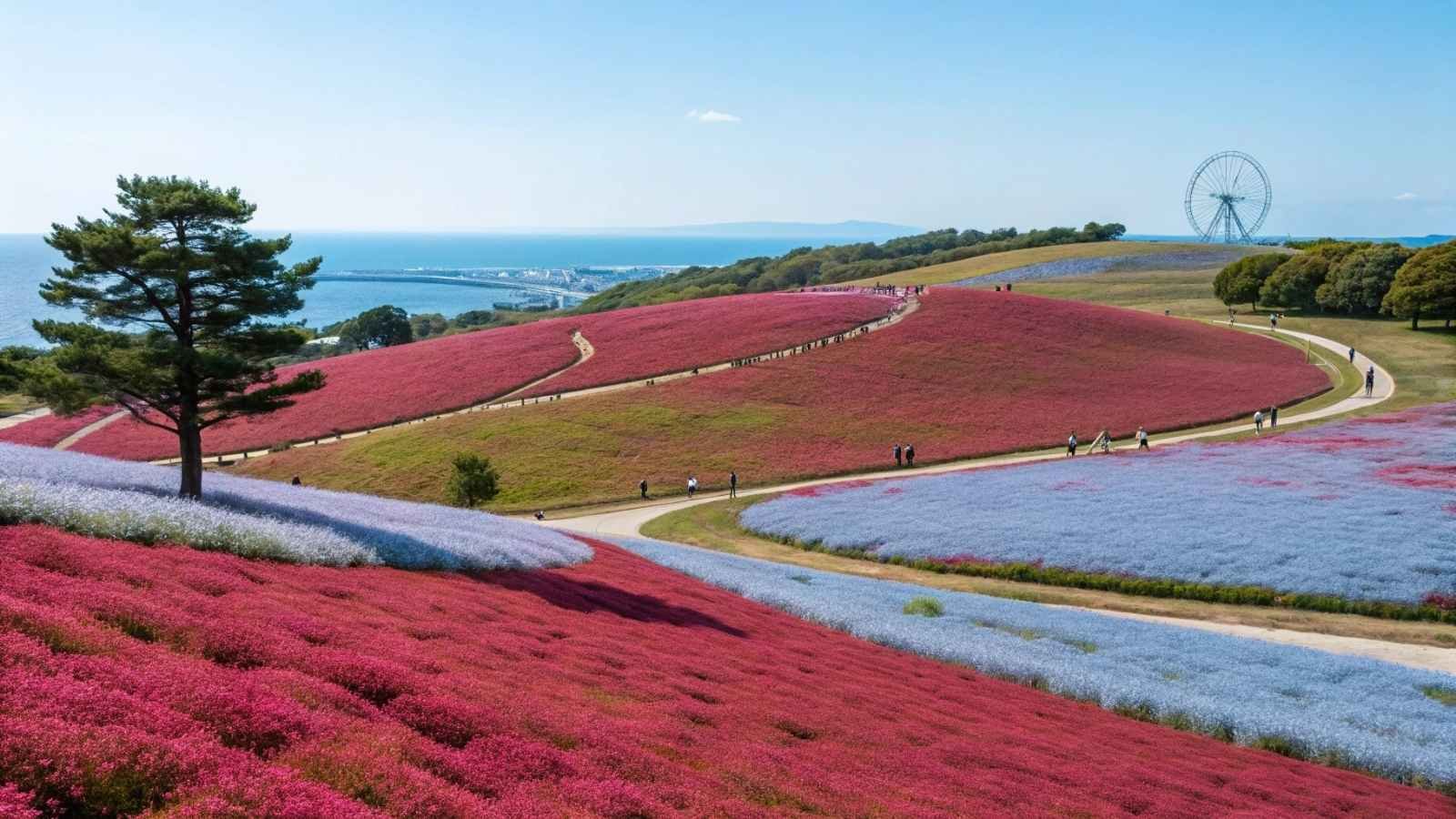
If you’re a fan of seasonal beauty, Hitachi Seaside Park is a must. Located in Ibaraki Prefecture, it’s a sprawling flower wonderland that changes personality throughout the year. In spring, the hills are blanketed with millions of baby-blue nemophila flowers, while autumn transforms them into fiery red carpets of kochia bushes.
What makes this park special is the sheer scale—fields that stretch to the horizon, blending with the sky or sea depending on the season. Walking through them feels more like stepping into a painting than strolling through a garden. Beyond flowers, the park also has cycling trails, playgrounds, and open spaces, making it a versatile day out.
For those chasing that “only in Japan” feeling, Hitachi delivers it in color and abundance. It’s a visual feast that connects you back to nature in the most vibrant way possible.
- Best Months to Visit: April–May (nemophila), October (kochia red bushes)
- Travel Time from Tokyo: ~2 hours by train and bus
- Highlight: Nemophila Hill, Kochia Hill, seasonal flower fields
- Perfect For: Flower lovers, photographers, families
13. Kawaguchiko
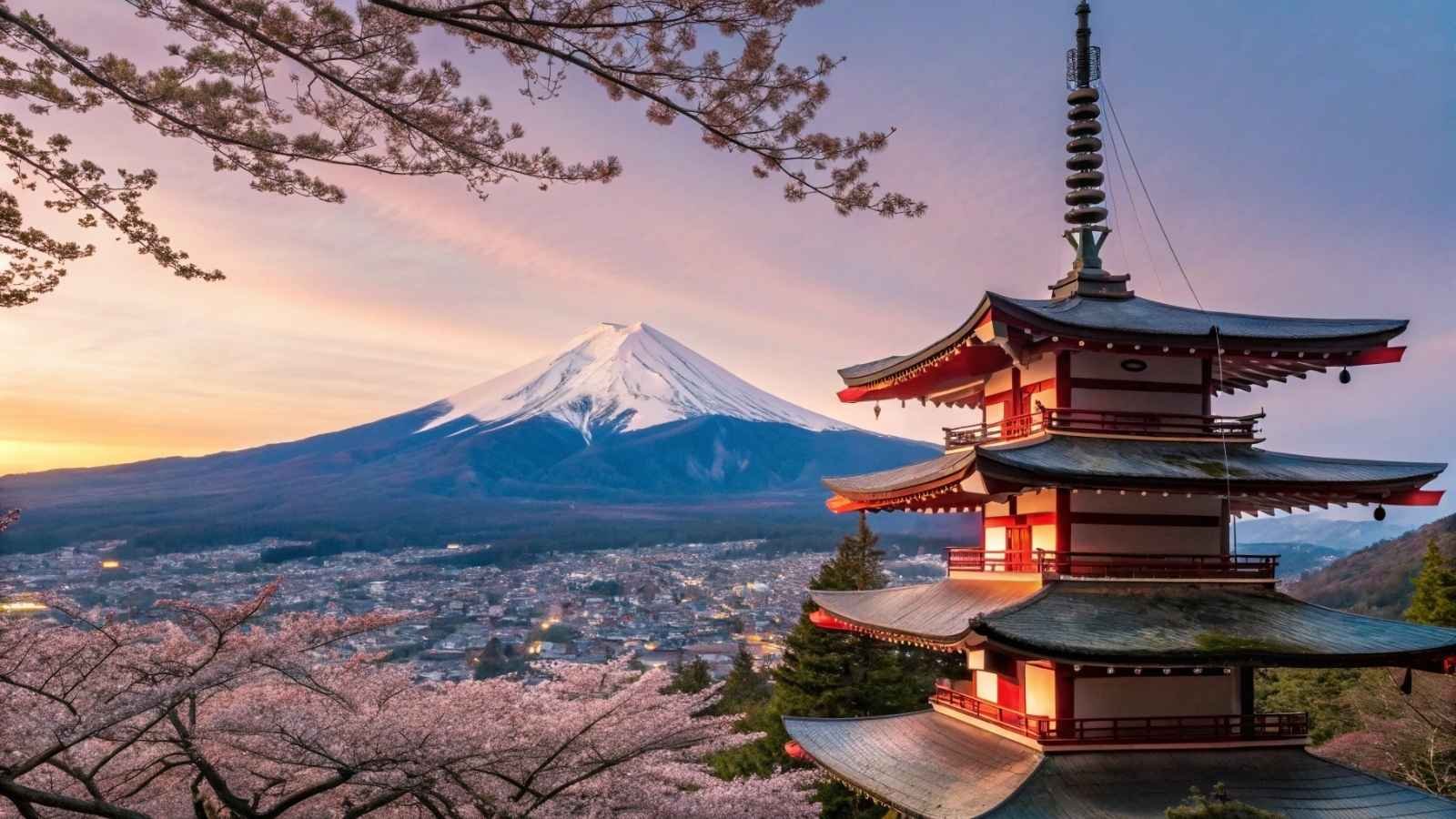
While Kawaguchiko is technically part of the Fuji Five Lakes, it deserves its own spotlight. This lakeside town is one of the most accessible and rewarding spots to admire Mount Fuji reflected on calm waters. Its balance of natural beauty and cozy small-town charm makes it a favorite for both locals and visitors.
There’s more to Kawaguchiko than just the views. Ropeways and observation decks give you fresh angles of Fuji, while hot spring resorts let you soak with the mountain in sight. During cherry blossom season, the lake’s edge becomes a dreamlike scene, with pink petals framing the snowcapped peak in the distance.
It’s the kind of place that makes you linger longer than planned. The scenery is captivating, the atmosphere relaxing, and the town itself has a friendliness that makes it hard to leave.
- Best Months to Visit: April (cherry blossoms), November (autumn colors), winter (crisp, clear skies)
- Travel Time from Tokyo: ~2 hours by train or bus
- Highlight: Lake Kawaguchi, Mount Fuji views, ropeway ride
- Perfect For: Couples, photographers, those chasing the “perfect Fuji view”
14. Yokosuka
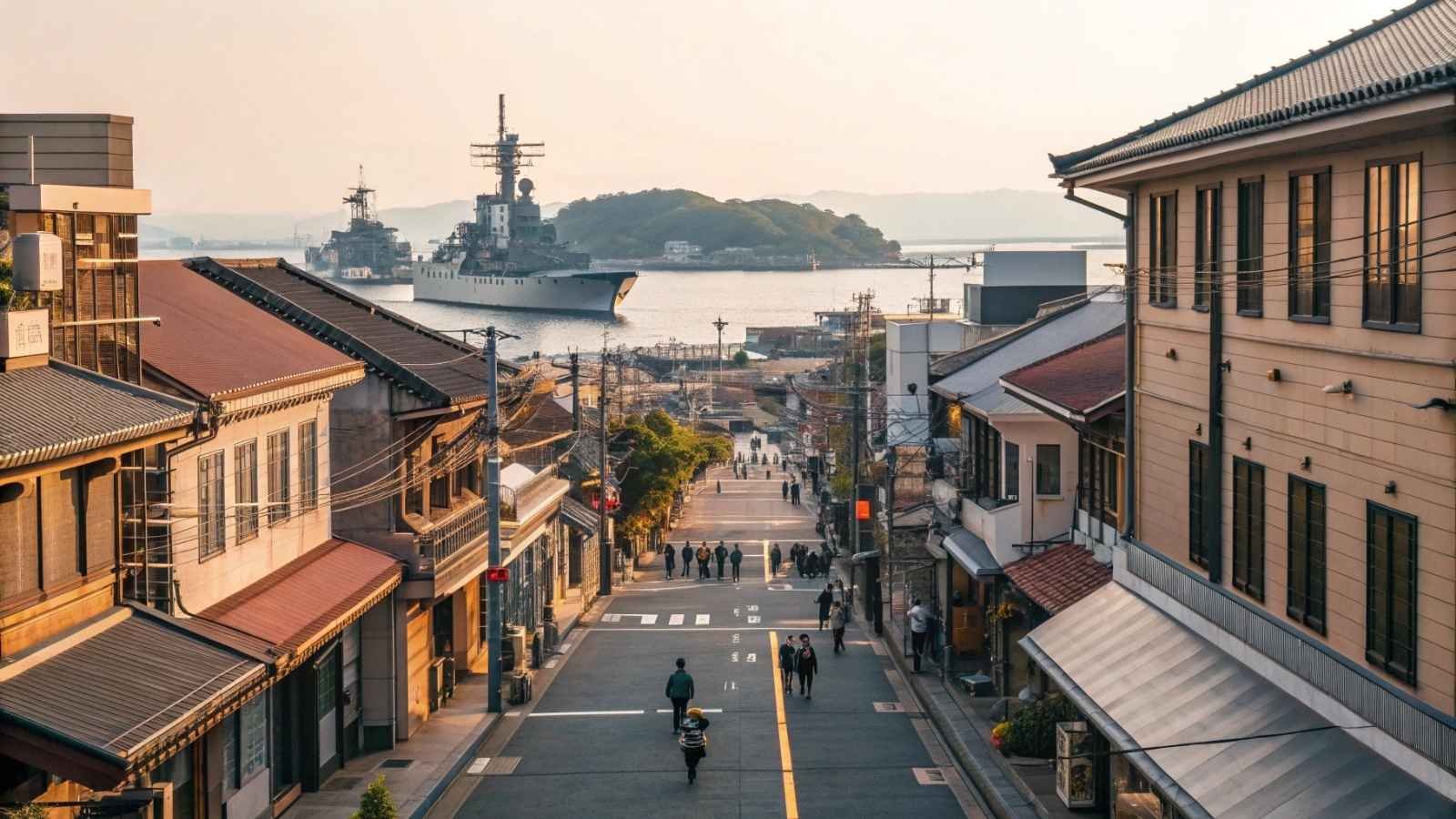
Yokosuka offers something different from the rest of the list—a naval city with a unique mix of Japanese and American influences. It’s home to both a Japanese Maritime Self-Defense Force base and a U.S. Navy base, which gives the town a distinct international flavor.
But Yokosuka is not just about ships and bases. The seaside Mikasa Park, with its historic battleship, makes for an interesting visit, while Sarushima (Monkey Island), just a short ferry ride away, offers sandy beaches and hiking trails. Food is also part of the charm here—Yokosuka is known for its curry and massive Navy burgers, a legacy of its naval history.
If you’re looking for a day trip that breaks the mold of shrines, lakes, and mountains, Yokosuka is it. It’s quirky, flavorful, and offers a slice of modern history you won’t find elsewhere.
- Best Months to Visit: April–June (pleasant weather), September–October (cooler, less humid)
- Travel Time from Tokyo: ~1 hour by train
- Highlight: Mikasa battleship, Sarushima Island, local curry, and Navy burgers
- Perfect For: History buffs, foodies, offbeat travelers


